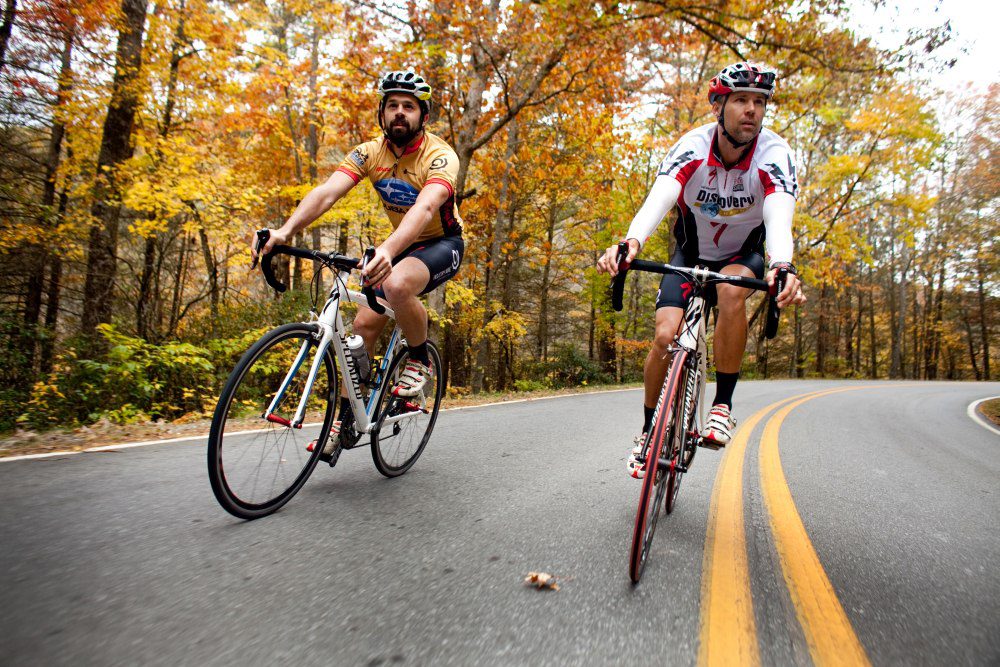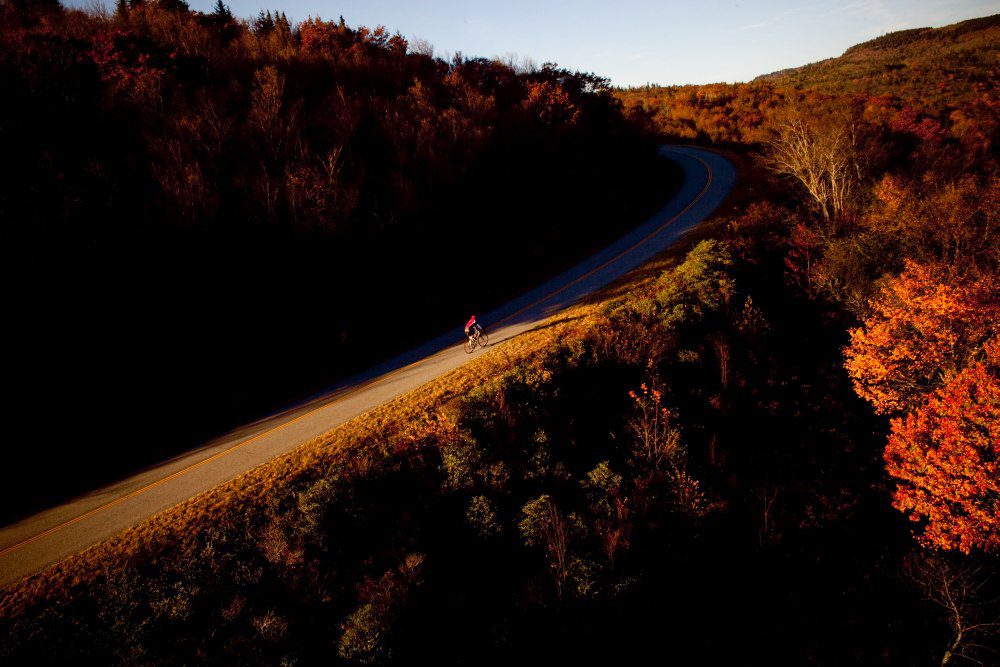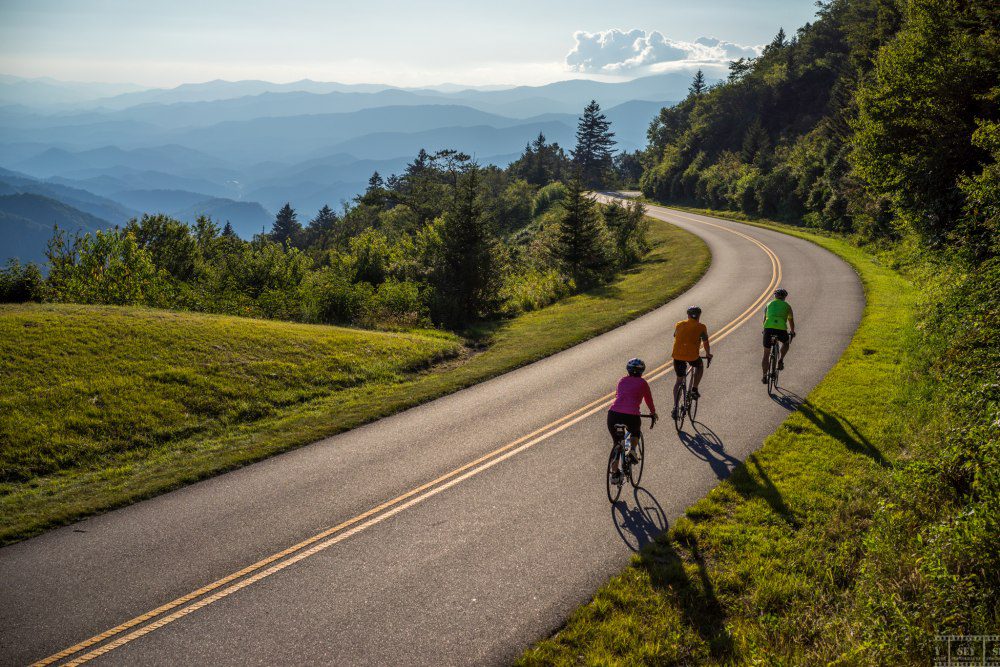How to make the most of your spring training trip south of the border
Prepare for spring training camp and schedule the camp properly so you can do big rides without the risk of time off the bike or injury.


First of all: congrats. You have earned this trip. You have spent hours in the basement, staring at the wall, obeying the suffer video’s demands for more power and you’ve shown up every Saturday for the virtual-group ride on an imaginary island. You’re ready for sunshine and actual, real-life, outside bike riding in North Carolina. With all the arrangements made, there is one last question remaining: how do you transition from short evening trainer rides to riding serpentine North Carolina roads all day without flaring up that old knee injury, getting sick or dealing with debilitating saddle sores? By preparing for the camp in the weeks prior and by scheduling the camp hours properly, you can do the big rides you desire but without the risk of time off bike or injury.
Before You Go
I’ll start by assuming that you’re already riding approximately eight hours a week. The athletes I work with fall mostly into this range due to school, work and family obligations. Going from eight hours per week on the trainer or flat, snowy roads to massive week can be problematic. A rule of thumb, found in many training manuals, is that the likelihood of injury is increased if training load increases by greater than 10 per cent per week. Further evidence also suggests that risk is very elevated if elements of training, including type, elevation gain, hours, intensity vary more than 50 per cent from the average of your last four weeks. Even though all signs indicate you should start slowly, it is more common that athletes of all abilities try to ramp their riding hours aggressively and spend the last three-quarters of their hard-earned trip sick, popping saddle sores and/or strumming IT bands that are as tight as guitar strings.
So what should you do to prepare for an effective spring training camp? For the athlete riding eight hours a week all winter, it would be risky to look at much more than 12 hours per week in a camp. You could survive more, but to thrive would be hard. Perhaps those athletes removing their work and family obligations would have more room to increase volume since they are removing 40 or more hours of “stress” from their weeks, but my experience tells me that some down time and quality riding is a better use of time and effort. However, I expect you want to do more.
If you would like to do more hours during camp, you must prepare for the camp as you would a race. As a minimum, aim to elevate your weekly hours in the four to five weeks before you drive down. This increase will help your body start to adapt to increased loading. If you ride eight hours typically, then doing 10-to-14-hour weeks before a camp will decrease risk and help “game play” any issues with saddles, knees or back. Most athletes should decrease the training load the week before camp, to allow some recovery and also time to cram in those inevitable, last-minute packing, work and family tasks.
After volume, it is important to prepare for riding outside and riding uphill. I prefer that clients to be riding their “camp bike” before they go down to start riding outside. With increasingly specialized parts on bikes, it’s worth testing and checking brakes, shifting and saddle comfort before camp. To prepare for climbs, try to get outside on any day that weather permits and aim to climb on those rides. Most of us do not have huge climbs like Mount Mitchell in our backyard, but adding a few hill-repeat days will help your body used to the position and tensions of climbing and reduce the shock of mountainous camp routes. If you can’t ride outdoors in your location, then uphill snowshoe, strength training and muscular-endurance intervals (80–90 per cent MHR and/or 7–8/10 RPE) with moderate (70–80 RPM) cadence will prepare your body for the loads to come.
Driving Down and Settling In
Many athletes will use two weekends and the week in-between to get seven to eight training days plus two travel days for their spring training trips. Popular riding spots such as Boone and Asheville, N.C., are about 12–14 hours from Toronto and Montreal, so it’s possible for many to do the drive and get settled in one day. Once you are at your accommodation, get your bike built and confirm it travelled safely. Set up your daily routines. I like to have bags/drawers setup so I can easily grab the kit and accessories (caps/warmers) I need while having my sunglasses, chamois cream, sunscreen laid out in order of operations to minimize thinking and forgetfulness pre-ride. For post-ride, I have key hygiene and routines set up as well. Preparing your shower kit, laundry bin, recovery drink mix and foam roller, as well as an eyeshade and earplugs for post-ride nap are little actions that can make a big difference toward faster recovery and avoiding illness.
Schedule for a 10 Day Camp
The key to the camp schedule is to put the hardest rides later in the week. As mentioned above, the evidence suggests that there shouldn’t be huge changes from normal in any one week. With this in mind, a well-planned camp schedule gradually increases the loading over the course of the week, allowing for higher hours later.

Day 1
Schedule a short and easy ride. Whatever you think you should ride, subtract 50 per cent and do that. One to two hours is likely a good number or a middle distance ride from your normal week. Save the epic rides and big impressive-number days for later in the camp. Spend a solid 20 minutes before you ride on some form of yoga/mobility routine to shake out the drive down and to help your body adapt better to riding after sitting in a car for so long. Do a bolt check and then get out pedalling easy: no wattage goals. Just aim to complete the ride without ripping out of your pedals on a sprint and ensuring your fit/saddle is as optimized as you can make it before testing your tissues.
Day 2, 3 and 4
These are the critical rides during which you need to keep your ego in check and save energy. Let your body adapt. Put deposits in your fitness bank rather than going deep and leaving nothing for later in the camp, and more important, later in the year. Many athletes will need some time on these days to decompress and recover from work, life and the long travel day. Just get the legs moving. If you are well-conditioned and ready for the camp, then I suggest aiming for 2.5–3.5 hour rides for this first three-day block. This is a fairly tolerable duration for most cyclists who have ridden in the past, but for whom winter may have shortened ride times. If you have done the suggested trainer, strength and volume prep ahead of camp, you will adapt well to the loading of climbing, but ensure you leave lots in the tank.
[ ~3 hours per day ]
Day 5
Take an easy coffee spin. Restock groceries. Take a nap. Take a walk. Do some yoga/mobility. Don’t push limits on your bike. If you’re tempted to add more miles and metres, just leave your bike locked up and go for a walk. If you’re in a hilly area, you may be better driving to flatter areas or taking a walk to enjoy the beautiful forests of North Carolina.
[0-2 hours]
Day 6 and 7
If you recover well from the first set of “on” days, then use this two-day block to do a big climbing day and then a longer flat(ish) day. With “only” two days, you can be a little bolder, but again, subtract a few hours and a few hundred metres from what you think you should do. It is a good idea to make a few loops to add to a conservative ride so you can finish these with something in the tank and knees/back/groin intact. Riding 3.5–4.5 hours is plenty and will leave you with approximately 18 hours on the week, which is a great boost to endurance for someone used to 10 hours per week.
[ 3-5 hours ]
Day 8
Rest day as per Day 5
[ 0-2 hours ]
Day 9 and 10
These days are the days to go longer and climb more. Exploring routes along the Blue Ridge Parkway should accomplish both. If you have made it through the first seven days, you’ve now increased your tolerance even more than your preparatory weeks before camp did, so these rides are less risky because your body has been exposed a week of riding. These final rides might be four to six hours.
[3-5 hours ]
Riding 28 hours in 10 days is very good, especially if you can continue training after the camp rather than nursing extended recovery and injuries. Most of us would be very happy with this on paper. For this year’s camp, consider quality, consistency and reducing risk as much as posting huge numbers. Remember the work ahead of the camp, routine/hygiene at camp and a gradual start to camp are often overlooked components of successful and healthful training.
Enjoy your spring training camp and success this summer.


